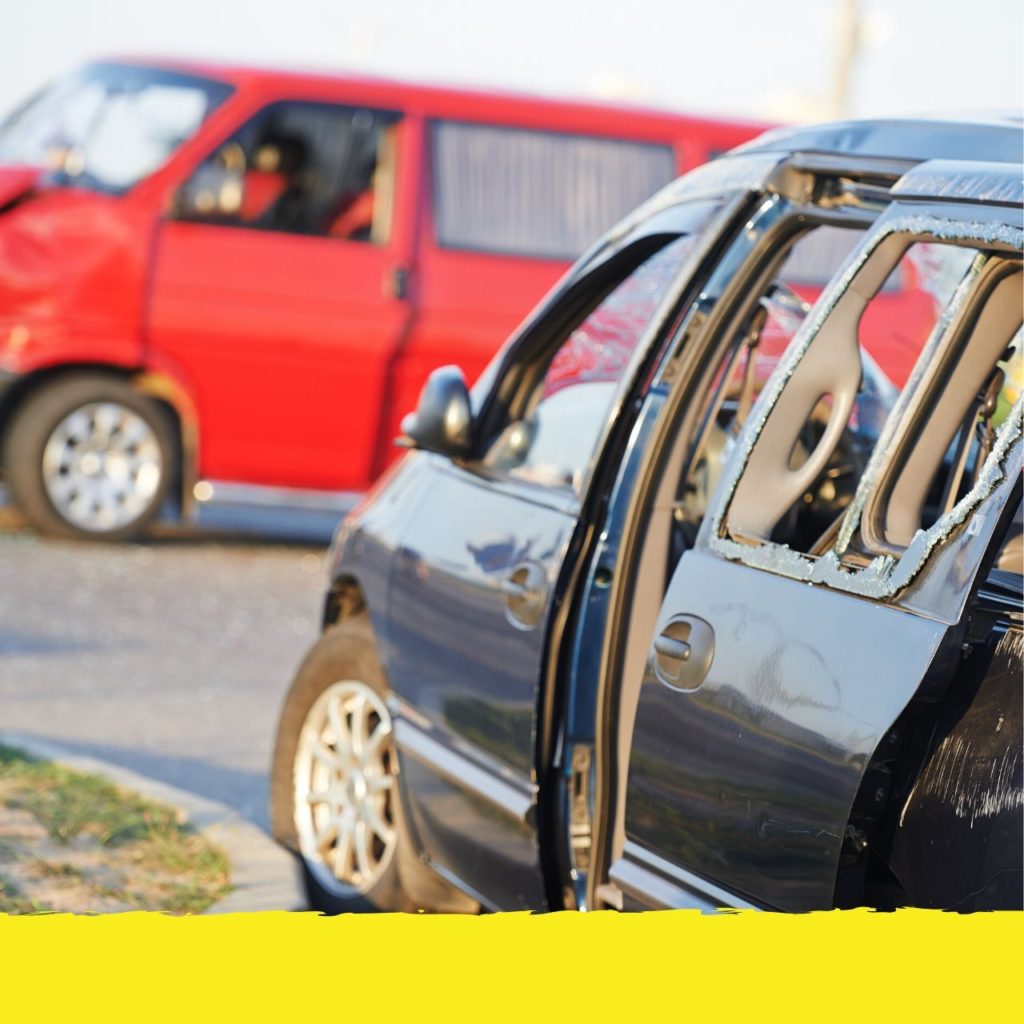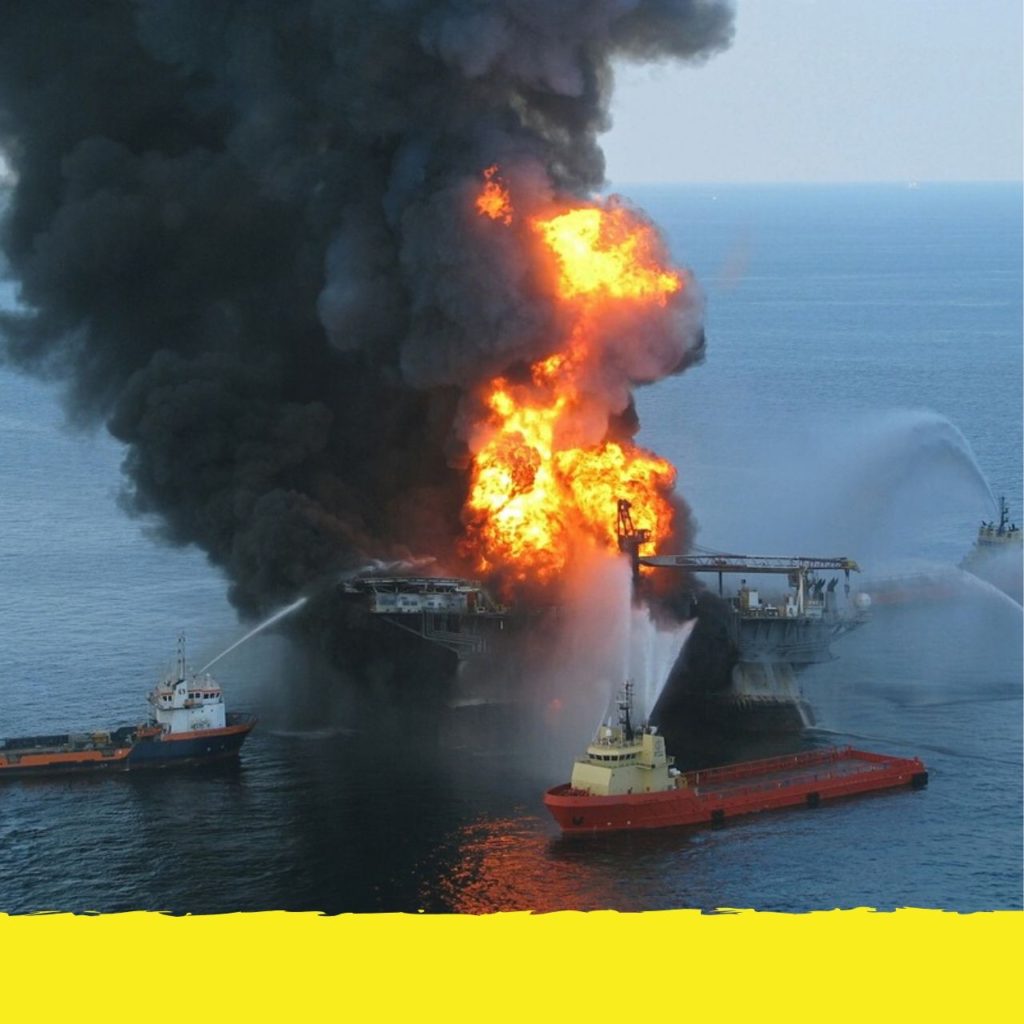Common Fuel-Related Hazards And Safety Precautions
This post was last updated on January 18th, 2024
Improper safety precautions and lack of education on proper safety procedures in the workplace relating to fuel handling and management can lead to negligence from employees. The price of this negligence can reverberate throughout the whole company. This is why safety precautions are constantly updated to ensure the highest grades of safety. But sometimes the employees aren’t to blame. It’s known that some fuel-related hazards can spontaneously occur due to natural events like climate and earthquakes.
In this article, we’ll try to provide an overview of the most common fuel-related hazards and how to reduce their risks through safety precautions.
Contents
ToggleConfined and Closed Spaces
Gas and petrol sites contain confined spaces that cannot be ventilated well due to their nature of the operation. Employees sometimes have to enter these closed spaces to work. Even if temporary, those employees face a myriad of problems because of the substances stored or flowing through closed places. When storing flammable fuels like diesel, it’s recommended to use poly diesel storage tanks to avoid tank corrosion and ensure that the diesel is securely locked in the tank while transported. Different materials may require different oil storage tank to avoid any unwanted chemical interactions. It’s imperative to educate the employees about the safety protocols, in addition to providing them with the proper equipment.
Vehicle Collisions

The oil and gas drilling facilities aren’t the only locations of common fuel hazards; some hazards can also occur from the collision of vehicles with each other. Highway vehicle accidents have claimed almost half the number of employee fatalities in the oil and gas drilling industries. The frequency of transporting materials is pretty high because the fracking locations are quite remote, which means workers have to drive long distances carrying a very dangerous amount of fuel.
Highway crashes are quite lethal since the transporting vehicles are not easy to maneuver, not to mention their enormous volume and weight. The fuel inside such vehicles is usually quite volatile, which means that a simple spark in a crash can turn a casual, non-lethal accident into an exploding disaster that can claim tens of lives. The best safety precautions that can be taken are related to ensuring that the drivers are not fatigued, in addition to being fit for driving long distances. Using newer and safer vehicles should also help.
Equipment-Related Accidents
The fracking machinery and heavy equipment are quite reactive to the smallest mistakes. This incredibly dangerous machinery already has a lot of safety precautions implemented, but unfortunately, there is no way to completely remove their risk. A lot of on-site fatalities happen due to employees getting struck by, caught in, or caught between extremely dangerous machinery. The pressure and speed of operation of these instruments are enough to instantly kill or mutilate employees. The best form of safety precautions is ensuring that this machinery is well-maintained and inspected, in addition to providing constant and proper training to all the employees on-site.
Explosions and Flammable Materials
In the oil and gas industries, accidents often include explosions, making these accidents extremely dangerous. The flammability of vapors and gases is very high; a little spark can cause a whole container filled with gas to explode. The main risk of the employees is in managing it properly. All field techs are vulnerable to being exposed to extremely dangerous gases and vapors, and the majority of these gases don’t even need an open flame to explode. Sparks from frictional heat, pressure, and welding tools are more than enough to create a fire. Increasing the degree of isolation in the location of the flow of gases will help reduce the risks of igniting accidental explosions.
Carbon Monoxide Leaks
While the levels of carbon monoxide (CO) are monitored quite well in industrial locations, people aren’t aware of the consequences and symptoms of carbon monoxide leaks. Carbon monoxide is produced from the burning of most types of fossil fuels, and it’s usually produced by any generator that uses natural gas or petrol to produce energy. Carbon monoxide is a very poisonous gas that can replace the oxygen in the bloodstream, causing a similar effect to asphyxiation because the lungs can’t utilize carbon monoxide.
CO’s lethal characteristics reside in its physical and chemical properties; it’s odorless, tasteless, and transparent. This means that long-term exposure is a very probable risk if the CO source isn’t discovered early. Long-term exposure can cause brain damage and paralysis. Whether you’re in a car, near a generator, or any burning fuel source, you need to be aware of carbon monoxide poisoning symptoms to stay safe. The most common symptoms are headaches, dizziness, breathlessness, nausea, and losing consciousness.
Oil Spills

While big-scale oil spills are not as common as the previously mentioned hazards, it’s one of the most dangerous fuel-related hazards the world sees. To clarify its scale, we’ll take the Deepwater Horizon incident, the largest oil spill in the petroleum industry, as an example. An oil gusher on the seafloor started spilling oil due to an accident, which led to the massive explosion of an oil rig. Around 11 workers were killed due to the explosion, and the oil continued to spill for more than 3 months after the incident. The massive volume of oil amounted to the worth of 53,000 oil barrels per day. Hundreds of thousands of marine species were killed as a result of this incident.
Preventing oil leaks and spills involves hiring professional oil field services and the constant and careful maintenance of oil containers, drilling rigs, pipelines, and refineries. Similar to other major hazard precautions, employees have to be extensively educated in safety protocols. Ensuring that the equipment is protected from extreme climates and events, like hurricanes, will also curb the odds of potential oil spills.
The oil and gas drilling, storage, distribution, and transportation industries are amongst the most hazardous industries in the whole world. It’s not odd when you take into consideration the scale and volume of such operations. There is no shortage of hazards that can occur and cause major disasters, dangerous for both individuals and the environment. Unfortunately, the most popular sources of fuel in the world are also the most hazardous. Gas and petrol accidents differ in scale depending on the type of operation; a small malfunctioning gas generator isn’t as problematic as huge gas storages in a drilling operation.
Recommended For You
Easy Ways to Market Your Business
Most Inside
Most Inside offers high-quality recommendations and valuable updates to enhance all aspects of your life, providing premium guidance and enriching experiences.




